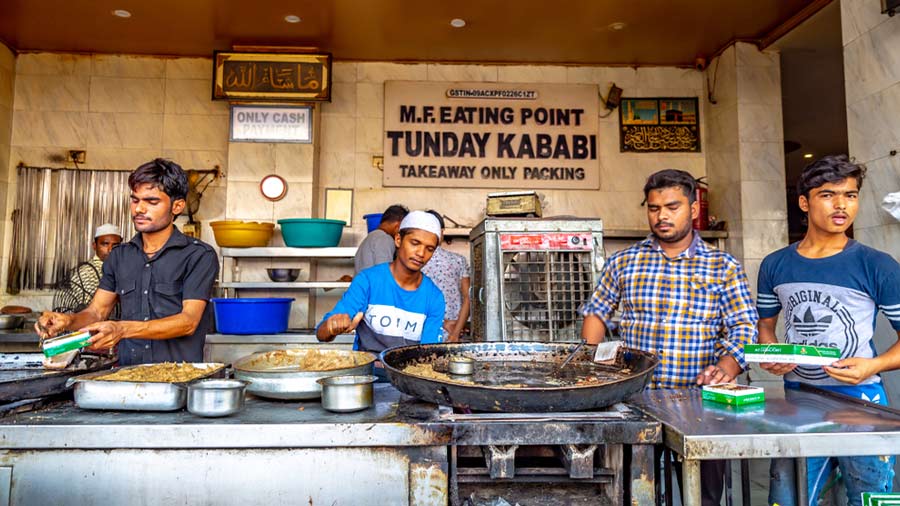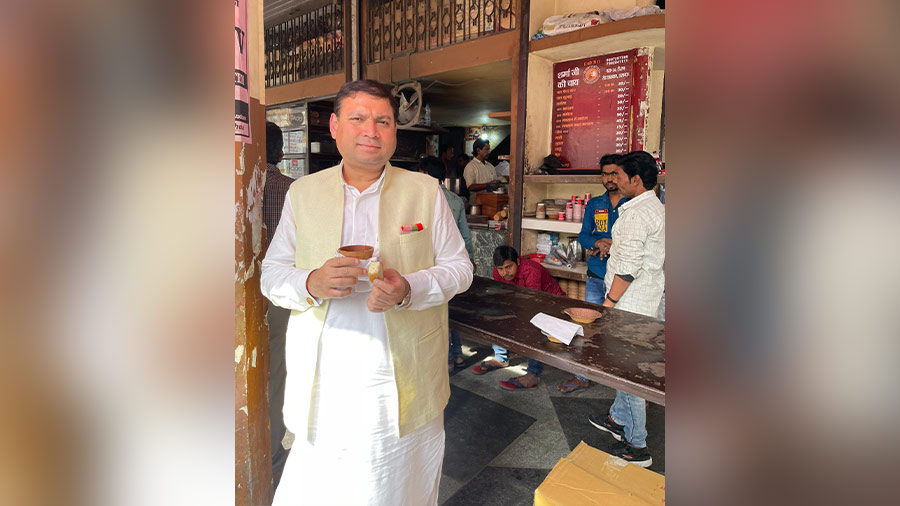Lucknow has always been one of my most preferred cities. I have lost count of the many visits I have made to this ever-attractive destination. I am tempted, as so many others have before me, to refer to it as the city of Nawabs, of tehzeeb and adaaye. But that would be too predictable.
A historical city
Lucknow’s past runs deep and is still at the crux of the city today. There can be no denying its enviable mix of the ancient and the modern, where history rubs shoulders with contemporary industries in every conceivable field, including aerospace. Situated at the junction of many roads and rail lines, with the Chaudhary Charan Singh International Airport only about 10km away, Lucknow is a marketplace for many agricultural products and a hub for food processing, manufacturing, handicrafts and railroad shops. It is also often said — and I agree — Uttar Pradesh controls Indian politics.
The capital of Uttar Pradesh, Lucknow is situated right in the centre of the state, with the Gomti river flowing through it, while Kanpur lies 72km to its northeast. It is believed that Lord Rama gifted the city to his devoted brother Lakshman after his return from exile. Lakshman is said to have stayed in the area called Lakshman Teela, which is on high ground by the banks of the river. According to one school of historians, they knew the city as Lakshmanavati (Sanskrit for ‘fortunate’). In time, the name changed to Lakhanavati, then Lakhnauti and finally Lakhnau, to emerge eventually as today’s Lucknow.

An old illustration of main street in Lucknow, India. Created by Freeman and Godefroy-Durand after De Lagrange, published on L'Illustration Journal Universel, Paris, 1857 Shutterstock
The city’s other identities are an amalgam that occurred under the Delhi Sultanates and the Mughal suzerainty. Having passed through many hands, the city came under the patronage of the Nawabs of Awadh, after which Lucknow earned the name the ‘Golden City’ or ‘Constantinople of the East’, in the 18th and the 19th centuries. The emergence of the East India Company in India began an era which witnessed the fall of Awadh and the last Nawab Wajid Ali Shah was exiled to Calcutta. But the city of Lucknow has remained important to the Indian ethos.
A heritage stay
Highlighting historical hotels is always one objective of these columns, and one such address is the unmissable Lebua Lucknow. This unique boutique hotel in the old part of the city has been my address there ever since they opened their doors. Led by visionary CEO Deepak Ohri, the Bangkok-based hospitality group takes a unique approach to the service sector, which taps into a deeper level of exchange with guests by creating emotional connections. In India, the group has two properties, namely Lebua Lucknow and Lebua Corbett.

The entrance of the Lebua Lucknow, a unique heritage property in the city Courtesy Lebua Lucknow
The Lucknow property was built in 1936 and belonged to an army brigadier who, along with his wife, ran it as a guest house. Changing hands with the passage of time, the resort came into the possession of the Lebua group, which converted it into a boutique resort while retaining the original structure. The only certified heritage hotel in the city, Lebua Lucknow was conceptualised as a traditional 19th-century bungalow, proudly reflecting the art deco influence on the architecture and design of early 20th-century Lucknow.
I recall my first visit to this hotel shortly after its opening. It was a chilly winter’s evening and courtesy of a much-delayed flight, I arrived well past midnight. Finding the hotel was quite a challenge as neither the driver nor the police officer on duty nor any auto rickshaw driver was familiar with its location or with the name Lebua. Eventually, the hotel came to my aid and arranged for a car to pick me up from the main road. Ever since then, room 101 at Lebua has become my go-to address whenever I visit Lucknow.

Knick-knacks and vintage memorabilia like add to the old-world charm of Lebua Lucknow Sundeep Bhutoria
The hotel exudes an old-world charm that imparts a unique and delightful ambience. The art deco facade looks out onto sprawling lawns while a large porch, an outer verandah, and the office reflect a more modern aesthetic. One walks back in time through the many French doors and windows, stained glass ventilators, arched doorways, mosaic floors, and of course, the elaborate chandeliers. The two-storey property bedecked with multiple terraces, courtyards, lawns, and corridors seamlessly transports visitors back to the famed Lucknavi lifestyle of the past. I must salute the painstaking efforts of the restorers to recreate the splendour of the olden days, finding reflection in the zardosi frames on the walls and the chikankari cushions in the rooms and elsewhere. There’s a yellow Lambretta scooter and an old Morris, both of which continue to occupy their place of pride on the grounds.
During my last visit, however, I broke with tradition and stayed at the Taj. I had been invited to speak at a cultural festival which was located right next to the property and the current general manager Vinod Pandey, who had previously overseen the food and beverage operations at Taj Bengal, ensured my stay was as pleasant as could be.
The many flavours of Lucknow
Lucknow is emerging as a centre for literature, art and cultural festivals that are being staged throughout the year. It is interesting to note that it was Nawab Wajid Ali Shah who had sown the first seeds of such events and it continues to be a tradition that many cherish for the cause of promoting and conserving culture. Artist Muzaffar Ali started a festival in his name inspired by his legacy, which has now become a catalyst for other festivals in Lucknow as well. The goal is to acknowledge new literary talent and honour the legends while restoring literary traditions of the past. It puts a spotlight on Lucknow’s unique heritage and evokes the interest of the new generation in all things Lucknavi.
When talking about Lucknow, the beautiful chikankari embroidery must come to mind. We find references to the art form in the writings of Megasthenes who, in the third century BC, wrote about the “use of flowered muslins by the Indians”. It is said that this style of white-on-white embroidery came to India as part of a culture of Persian nobles at Mughal courts. Now chikankari has permeated all corners of the country and many new innovations have crept in while maintaining the basic tenets of this tradition.

The famous Tunday Kababi, known for their ‘galouti kebabs’ Shutterstock
Now onto Lucknow’s most famous food. Being a vegetarian, the charms of the famed galouti kebab from Tunday Kababi might be lost on me, but this is a landmark that never fails to arouse interest of most visitors. Its origins can be traced to Nawab Asaf-ud-Daula, who was a food connoisseur of the highest order. Advancing age and the precarious state of his teeth led him to request a soft kebab, to which his kitchens responded with the venerated creation that has become a rage. The temptation for the popular dish is so strong that during a recent interaction, an army general and his wife revealed how they would abandon protocol to reach the eateries via auto rickshaw to satiate their craving.
As a connoisseur of delectable flavours, I too have plenty to choose from in Lucknow, and pay regular visits to the renowned Sharma Ji Ki Chai for their mouth-watering samosas and other delicacies. The shop is over 50 years old now and the family’s third generation is at the helm. Sharma Ji Ki Chai is known for being pocket friendly and delicious. Don’t miss their tea and muska bun, familiar flavours to lovers of Kolkata’s malai toast.

At Sharma Ji Ki Chai Manisha Jain
